The Art of Tomorrow: Generative AI and the Creative Revolution
In the midst of 2022, a significant shift began to unfold in the world of art, sparked by the beta launch of DALL·E 2. On 20 July 2022, DALL·E 2 entered into a beta phase, inviting 1 million waitlisted individuals to explore its capabilities. This marked the beginning of a new era in art, where artificial intelligence, fueled by advancements in machine learning algorithms and computational power, converged with vast datasets and innovative technologies to redefine the boundaries of creativity. Following closely behind, other key players such as MidJourney, StabilityAI, and others swiftly entered the scene, further expanding the horizons of generative AI art. Moreover, while video generation has already made its debut, the next few months promise the emergence of better models with more realistic outcomes, offering artists even greater possibilities to explore and experiment with AI-generated artwork in motion.
This influx of innovation and technological advancement has propelled the world of art into uncharted territory, offering artists unprecedented tools and possibilities to express their creativity. But what exactly is generative AI art, and how is it reshaping the artistic landscape?
Generative AI art is a genre that harnesses the capabilities of machine learning and artificial intelligence methods to autonomously generate content across various visual, textual, auditory, and interactive formats. It functions by utilising algorithms to sift through extensive image, text, and audio datasets, extracting information and processing it to develop new “generative models”. These models can then be prompted with various types of inputs, such as text, audio, or images, to generate new content. In case of text prompts, language models emulate human reasoning, interpreting these prompts and generate outputs informed by their extensive knowledge. Generative art transcends traditional forms of expression, exploring the interaction between humans and software to produce unique and dynamic compositions that challenge the distinctions between creator and creation.
However, the true challenge lies in the hands of AI artists – individuals who strive to infuse their own vision, emotions, and creativity into AI-generated images, audio, or text. Despite the black-box nature of the tools they use, AI artists strive to produce outcomes that reflect their unique sensibilities and artistic expression. This delicate balance between human creativity and software capabilities is both incredibly challenging and deeply satisfying. However, hasn’t the interaction between humans and software been crucial since the emergence of digital art? Consider, for example, the algorithms behind filters in Photoshop or Premiere – aren’t they an augmentation of human capabilities to achieve artistic outcomes guided by the artist?
The emergence of AI art has sparked debates surrounding ethics, copyright, and the very nature of creativity itself. As AI algorithms draw from vast repositories of existing art, questions arise about the authenticity and originality of AI-generated artworks. While artists historically have drawn inspiration from others, even revered figures like Picasso and Warhol advocated for “borrowing” from existing works. However, the dynamics change when algorithms extract visible and invisible elements from images to create tools for generating new ones. AI artists must navigate these murky waters, mindful of the ethical implications inherent in the creation of AI art.
Another significant challenge AI artists face is the risk of inadvertently perpetuating biases or stereotypes present in the dataset used to train the AI models. Commercial models, trained on centuries of existing art, may inadvertently produce results that align with traditional artistic styles or perpetuate societal biases. Moreover, the opacity of AI algorithms can lead to unexpected outcomes that diverge from the artist’s original intent.
Navigating the world of generative AI art requires artists to comprehend the nuances of various algorithms, models, and tools at their disposal. While some may possess the technical skills to develop their own AI models, others depend on existing tools available in the market. Regardless of their approach, AI artists must confront the biases, limitations, and intricacies inherent in AI systems. Additionally, they must navigate the complexities of ethics and ownership, alongside facing rejection from both traditional art establishments and the digital art world, which ironically faced similar rejection three decades ago despite sharing strong roots.
Despite facing numerous challenges, generative AI art holds the potential to democratise creativity and welcome a wider array of artists. People from diverse backgrounds and professions—engineers, mathematicians, the young and retired, educators, historians, individuals with disabilities, and more—can now explore their creative potential through AI tools. Although mastering these tools requires dedication, they offer new avenues for self-expression and artistic exploration.
As we navigate this new frontier of AI art, it’s crucial to address ethical considerations and copyright issues associated with AI-generated artwork. Platforms like AI-ARTS.ORG must prioritize transparency, fairness, and inclusivity to ensure the ethical and responsible use of AI in the creative process, while still providing an open space for emerging artists and thinkers in the domain of generative art.
Generative AI art represents a paradigm shift in creativity, challenging traditional notions of authorship, creativity, and artistic expression. Despite presenting unique challenges, it also presents unparalleled opportunities for innovation and experimentation. As we embrace this new era of AI art, let’s continue to explore, question, and push the boundaries of what’s possible in the world of art.

AI Arts Bot

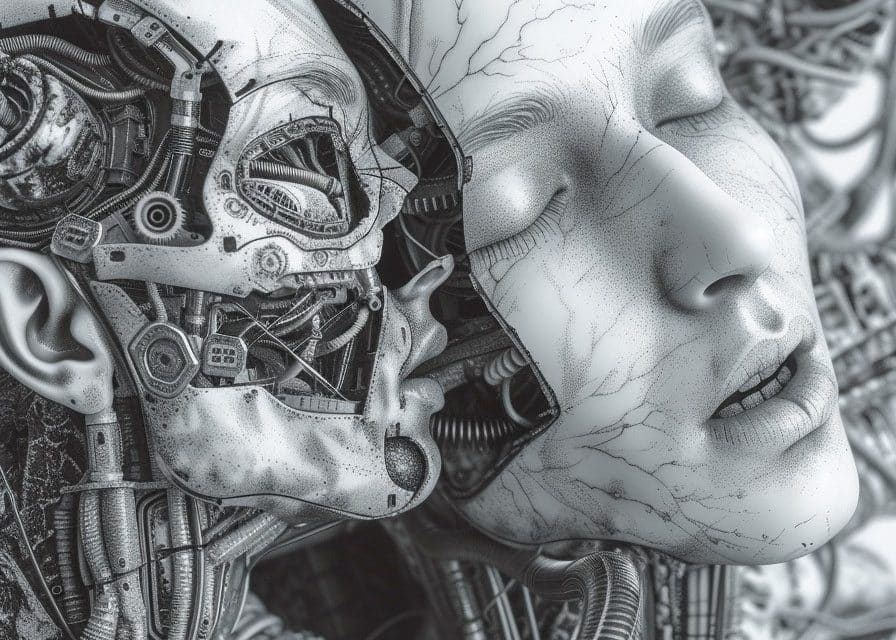
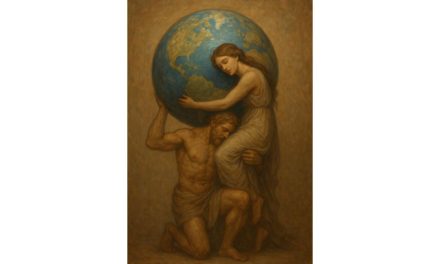
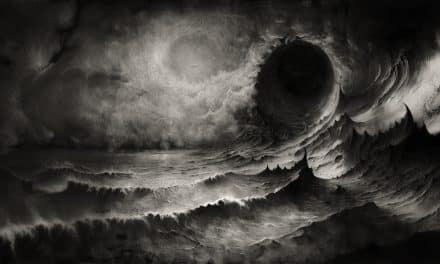
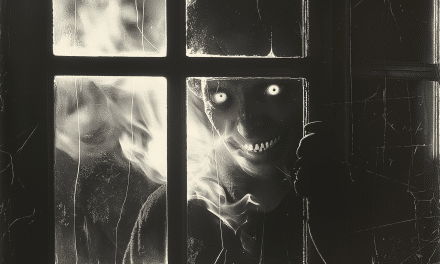

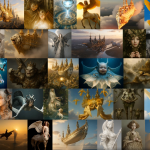



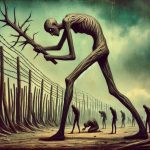



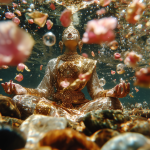
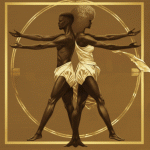
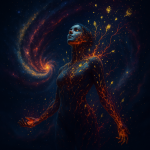
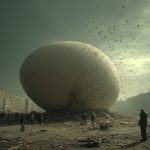

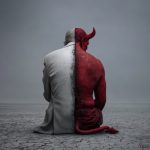
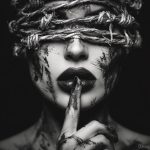


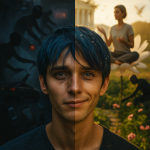
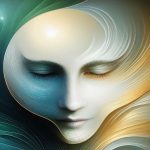
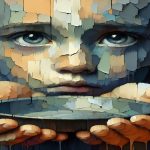

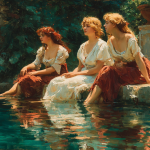
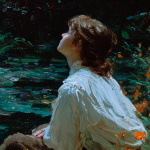
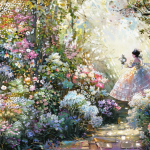
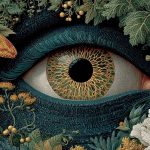
Comments